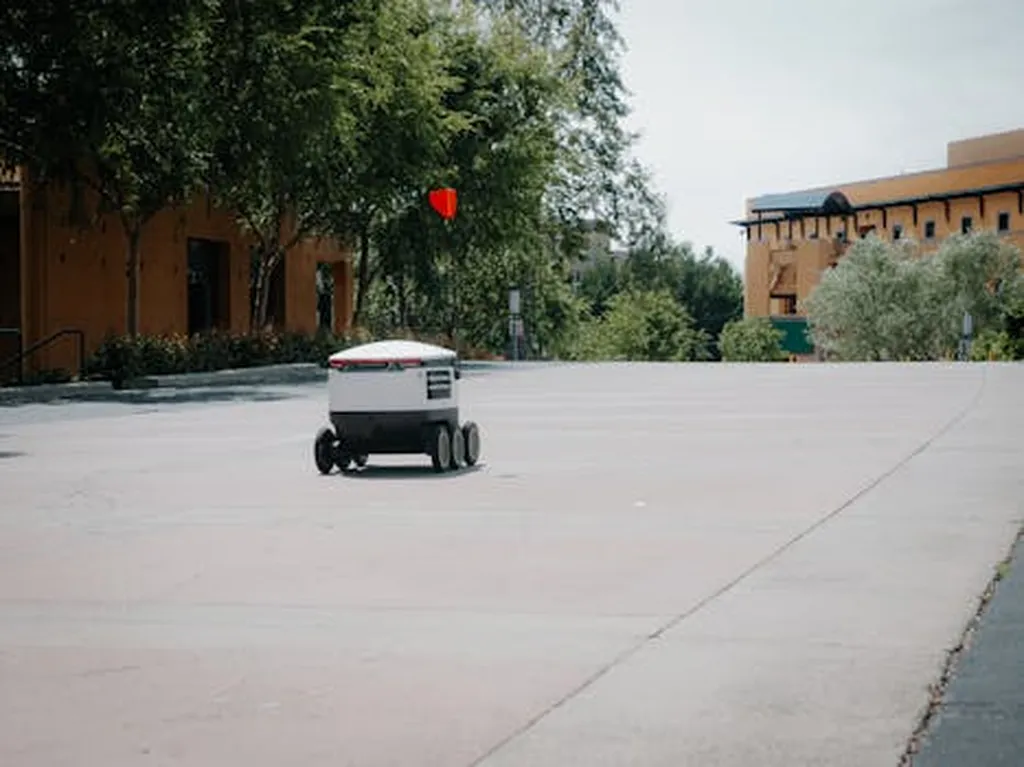In the quest for sustainable food production, a groundbreaking review published in the journal *Sustainable Environment Research* (translated from Chinese as *Sustainable Environment Research*) is shedding light on the transformative potential of smart aquaponic systems. Led by Pragnaleena Debroy from the Department of Electronics & Instrumentation Engineering at the National Institute of Technology Silchar, the research underscores the critical role of advanced control and automation technologies in revolutionizing aquaponics—a method that combines fish farming (aquaculture) and soil-free plant cultivation (hydroponics).
Aquaponics has long been touted as a promising solution to global food scarcity, but traditional research has often overlooked its technological aspects. Debroy’s review seeks to bridge this gap by emphasizing the integration of cutting-edge technologies such as artificial intelligence (AI), the Internet of Things (IoT), and renewable energy into aquaponic systems. These innovations, according to the review, can significantly enhance the efficiency of aquaponics by increasing food production, reducing operational costs, minimizing waste, and decreasing labor requirements.
“Advanced control systems allow for dynamic regulation of water quality, environmental conditions, and nutrient levels, ensuring optimal conditions for both plants and fish,” Debroy explains. This precision not only boosts overall system performance but also promotes sustainability. For instance, sensor-based automated nutrient delivery systems provide precise nutrient levels based on real-time monitoring, reducing excess usage and promoting sustainability.
The review also addresses critical topics such as adaptation challenges, cost–benefit analysis, technical difficulties, opportunities, and the future role of AI in aquaponics. These considerations are essential for overcoming barriers and maximizing the potential of aquaponics. “Automation of resource management, whether related to water, nutrients, or energy, not only optimizes resource use but also reduces the environmental footprint and improves the economic viability of aquaponics,” Debroy notes.
The implications for the energy sector are profound. By integrating renewable energy sources and advanced control systems, aquaponic systems can become more energy-efficient and sustainable. This not only reduces the carbon footprint of food production but also opens up new avenues for commercial opportunities in the energy sector. For example, the use of solar-powered systems for water pumping and lighting can significantly reduce energy costs and enhance the sustainability of aquaponic farms.
Moreover, the review highlights the need for education and open research avenues in this field. As the technology evolves, there is a growing need for skilled professionals who can design, implement, and manage these advanced systems. This presents a unique opportunity for educational institutions and industry stakeholders to collaborate and drive innovation in the field.
In conclusion, the integration of advanced control and automation technologies has the potential to transform aquaponics, overcoming longstanding challenges and improving scalability, efficiency, and sustainability. By minimizing waste, increasing productivity, and conserving resources, these innovations make aquaponics a commercially viable and environmentally sustainable alternative to traditional agriculture. As such, the strategic adoption of these technologies positions aquaponics as a key solution to combating food scarcity and promoting sustainable food production.
This research not only shapes future developments in the field but also paves the way for a more sustainable and efficient food production system. As the world grapples with the challenges of climate change and food security, the insights from this review offer a beacon of hope and a roadmap for a more sustainable future.

